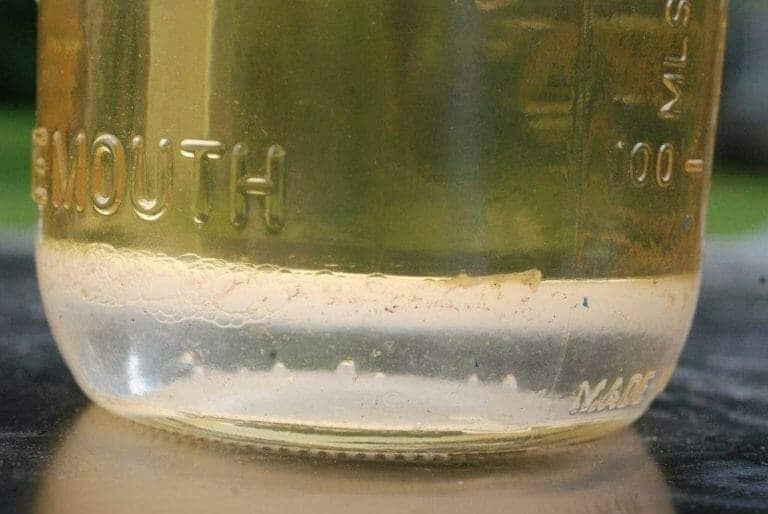Photo courtesy of My Kailua
Opinion
Fresh, potable water is an everyday miracle in the middle of the Pacific Ocean. To have enough to supply millions with (relatively) few constraints on usage? It’s almost unimaginable. And, perhaps, too precarious to want to imagine.
Of course, the water in Hawai’i serves more than latecomer humans. Endemic land species of every kind, exotic imports, and unique hybrids do not spring from saltwater. In a place where the beauty of a single, modest fern might be celebrated in song, dance, and family lore, the importance of freshwater is magnified.
Armies from ancient times knew the way to utterly destroy an entire enemy population: take down their entire ecosystem from top to bottom. Taint the water, salt the fields. The drawback, of course, was that nothing left of that land would be usable for… some time.
The U.S. Navy’s well-known fuel storage facility at Red Hill, O’ahu, has periodically reported leaks of various sizes along with reassurances containing what seemed to be varying amounts of substance. By which we mean things like independently verified facts, commitment, action, and ongoing testing and reportage. In other words: transparency.
Volatile petrochemicals that cannot be contained by U.S. military’s underground infrastructure will not be contained to one area or one aquifer when it eventually escapes. It is only a question of how far, how fast, and at what dilution as it interacts with the geology and chemistry it encounters on its travels.
We do not underestimate even the lesser dangers of occasional leaks. 10,000 gallons here; 3,000 there. One of O’ahu’s primary aquifers is said to lie only about 100 feet beneath the Red Hill facility.
See: Local news coverage from Hawaii News Now out of Honolulu, Oahu
And when Navy water customers can smell clearly the volatile petrochemicals in the tap water, when the Navy warns them not to drink it, not to cook or even bathe in it? Then it is no longer sufficient to issue reassurances while evading hard-but-essential choices. It wasn’t enough before, and the latest incidents are focusing so much attention on the matter that, at least for now, it cannot be swept under a public-relations rug.
We believe, in this matter, it is important for the public and its representatives to continue to hold the U.S. Navy accountable. They might not be able to restore their portions of the islands to “better than before we came” condition — that would be impossible — but they are responsible to do their duty to this microcosm and its people to their best ability.
The huge tanks at the Red Hill facility can be considered a strategic national resource, as can significant portions of the islands. But this does not require endangering the health of military personnel or civilians. We believe it increases the military’s obligation, if not by general standards of decent human conduct then by its own code of honor, the “Department of the Navy Core Values Charter.”

